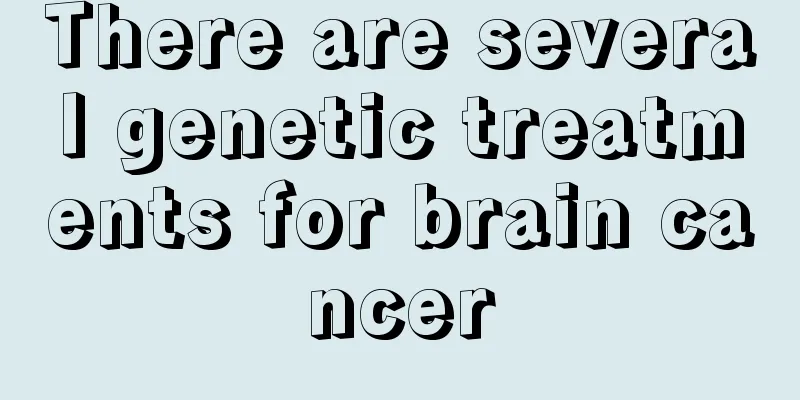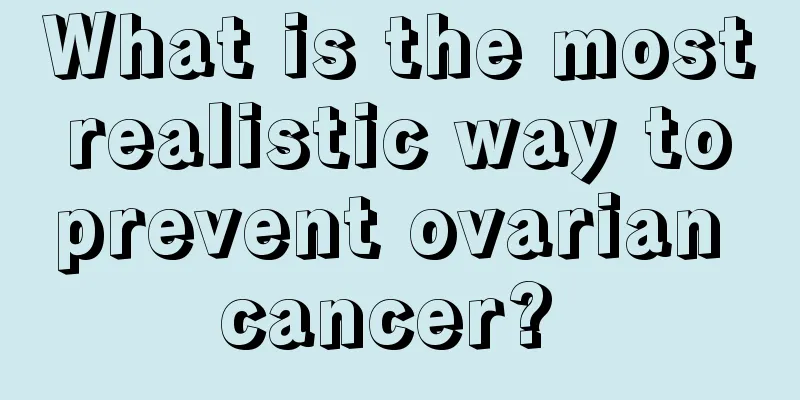There are several genetic treatments for brain cancer

|
There are several types of gene therapy for brain cancer: (1) Tumor suppressor genes and cell cycle regulatory genes: As long as tumor suppressor genes maintain normal activity, cells will remain safe under the attack of carcinogenic factors. More than ten tumor suppressor genes have been discovered, among which the most famous are TP53 and Myc genes. Wild-type TP53 gene can affect cell cycle control, cell response to DNA damage, cell death, cell differentiation and angiogenesis in many ways. Wild-type TP53 gene inhibits tumor transformation by inducing apoptosis and preventing cells from entering the division phase. Mutation of wild-type TP53 gene leading to loss of its function is common in astrocytoma and is also related to the transformation of low-grade astrocytoma to glioblastoma. Recent studies have shown that low-level TP53 gene expression can stop cell division and high-level TP53 gene expression can induce cell apoptosis. Therefore, TP53 gene has become a very attractive candidate gene for gene transfection, which can reconstruct the cell cycle in cells with TP53 gene mutations and induce cell apoptosis when highly expressed in tumor cells. Similarly, Myc gene also plays a key role in cell proliferation, differentiation, transformation and apoptosis. (2) Gene transfection-mediated drug targeted therapy: Gene transfection-mediated drug targeted therapy is also called suicide gene therapy. This method is to transfer suicide genes into cancer cells, and its expression product converts non-toxic prodrugs into highly toxic substances to kill cancer cells. The herpes simplex virus thymidine kinase gene can convert non-toxic nucleoside analogs, such as ganciclovir, into phosphorylated forms that participate in DNA synthesis. This component directly inhibits DNA enzyme activity, making the synthesized DNA unstable, leading to cessation of DNA synthesis and cell death. Therefore, glioma cells transfected with the herpes simplex virus thymidine kinase gene died after taking ganciclovir. (3) Gene immunomodulation therapy: This therapy enhances the body's anti-tumor effect by modifying the immune system at the genetic level. The main pathways are: ① Enhance the immunogenicity of cancer cells: By transferring cytokine genes or tissue compatibility antigen genes to cancer cells, their antigenicity is enhanced, the activity of macrophages in capturing and killing tumor cells is increased, and the anti-tumor activity of lymphocytes is induced. ② Enhance the anti-tumor activity of tumor-infiltrating lymphocytes: Tumor-infiltrating lymphocytes can infiltrate into tumor tissues. If cytokine genes are transferred to tumor-infiltrating lymphocytes, they can release high concentrations of cytokines locally in the tumor, thereby enhancing the killing effect of the microenvironment on cancer cells. |
<<: What are the aspects of biological treatment for brain cancer
>>: Early detection and early treatment of laryngeal cancer
Recommend
What are the examination items for rectal cancer
Due to the influence of various unhealthy eating ...
What are the kidney detoxification points and what other detoxification methods are there?
The function of the kidneys is to regulate the ba...
Symptoms and dietary precautions of elbow bone hyperplasia
Do you find yourself making noises in your bone j...
How do various spots on the face form?
Spots are very detrimental to appearance. There a...
What is the difference between pine pollen and talcum powder
Many babies have used talcum powder. Applying tal...
How long does it take to cook prawns
Friends who like seafood must often eat prawns, c...
Will liver nodules disappear?
The liver plays an important role in the human bo...
Will sweat steaming make you get angry
It is well known that sweat steaming is a very be...
Which is better, a milk storage bag or a milk storage bottle
Many breastfeeding women want to suck out their m...
The purpose of oxygen atomization inhalation
Nebulization is a good method for treating pharyn...
Why do patients with pituitary tumors suffer from headaches
Nowadays, more and more people in society suffer ...
Why does my stomach hurt after treatment for nasopharyngeal carcinoma?
After chemotherapy for nasopharyngeal carcinoma, ...
How is a pituitary tumor detected
In our daily life, we should pay attention to som...
White stool is normal
White discharge is a very common physical phenome...
How to care before and after breast cancer surgery
How to care before and after breast cancer surger...









